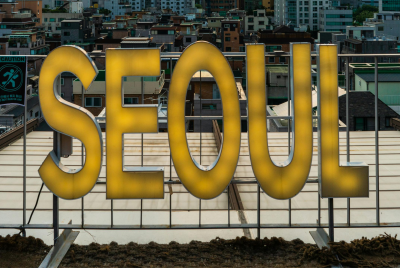Lake Baikal: The world's oldest and deepest freshwater lake, in pictures
Located in southern Siberia, Lake Baikal is so large it is often mistaken for the sea.
Lake Baikal is the world's oldest and deepest freshwater lake, containing 20% of the world's total unfrozen freshwater reserve.
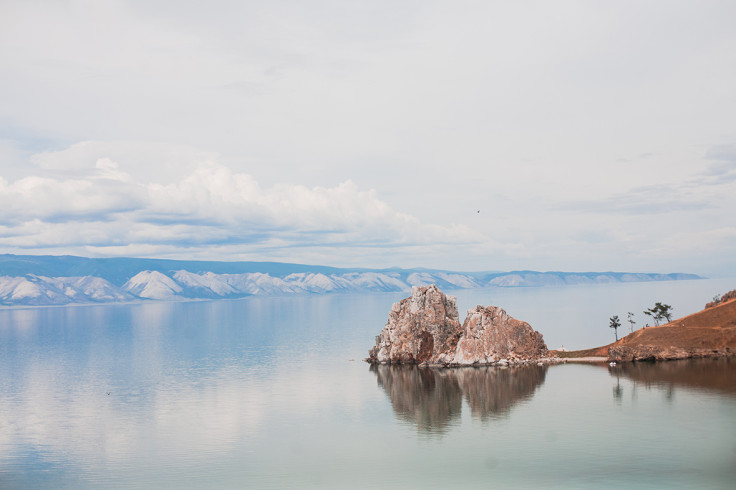
Curving for nearly 400 miles, Lake Baikal is so large, it is often mistaken for the sea. Located in southern Siberia, between Irkutsk Oblast to the north-west, and the Buryat Republic to the south-east, acting as a beautiful sight for travellers aboard the Trans-Siberian Railway. IBTimesUK presents of the most breathtaking photos of the crystal clear waters of Lake Baikal:
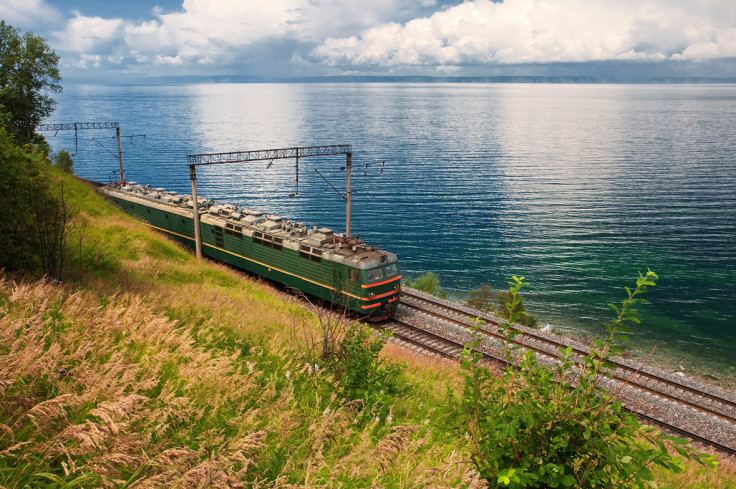
There are 27 islands in total across the lake, nearly all of which are uninhabited. The largest, Olkhon, which is 45 miles long, and the fourth largest lake-bound island in the world. During the cold winter months, between January and March, the lake completely freezes over and reaches its maximum surface temperature in August, where it is roughly 12°<sup>C.
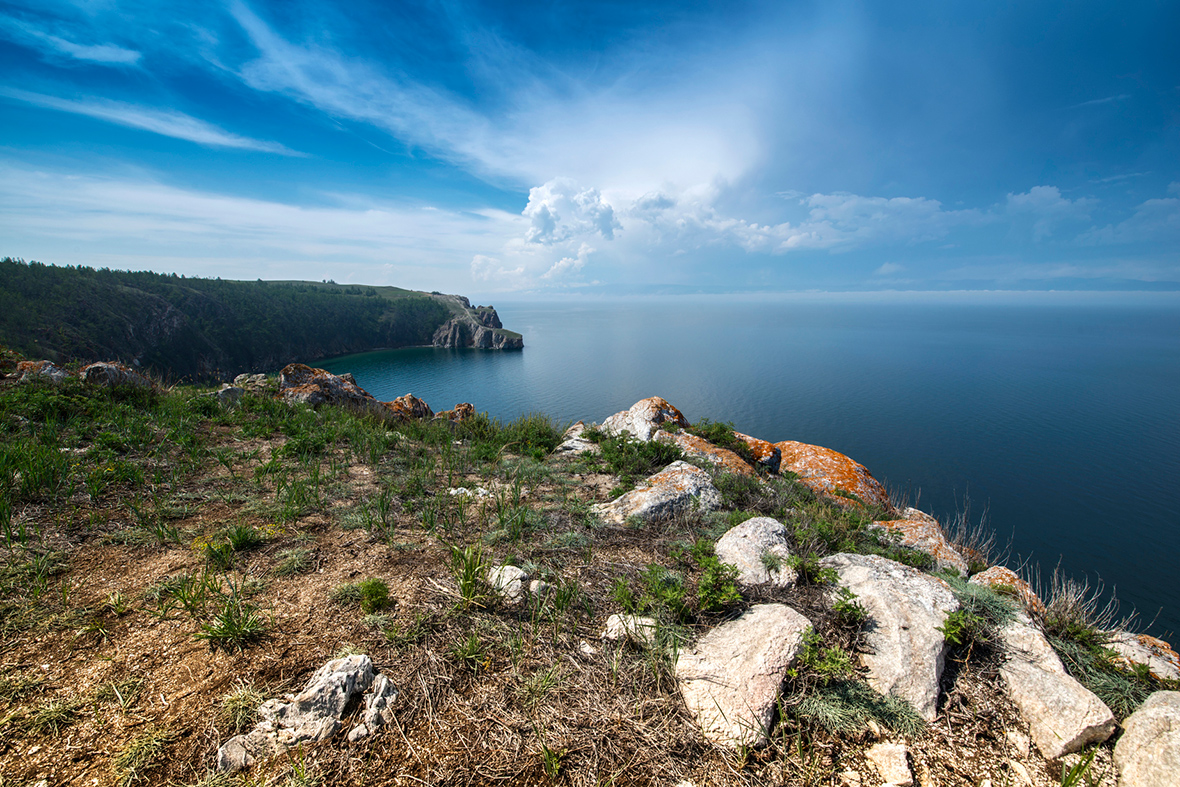






At 25 million years old, Lake Baikal is over 5,000ft deep with oxygen-rich waters full of over 1,000 species of plants and 2,500 species of animals. However, these figures are expected to be much higher, as the bottom of the lake is below sea level. Much of the lake's wildlife exist nowhere else in the world, such as the nerpa, often called the Baikal seal.




Despite being listed as a UNESCO World Heritage Site, Lake Baikal is still under threat from industrial and agricultural pollution, along with other environmental problems, including nearby mining activities and potential oil and gas exploration.
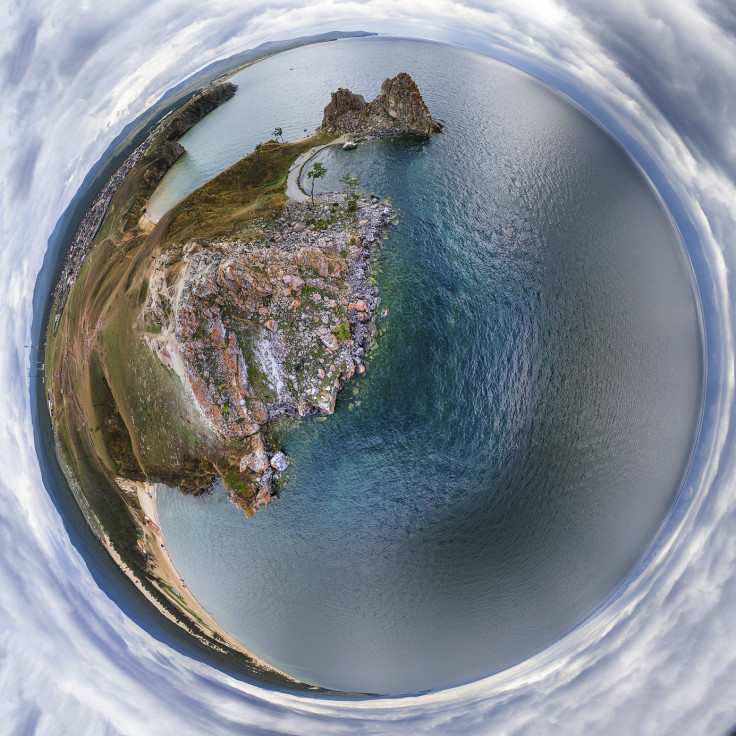
© Copyright IBTimes 2025. All rights reserved.



